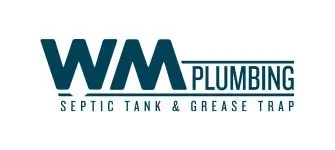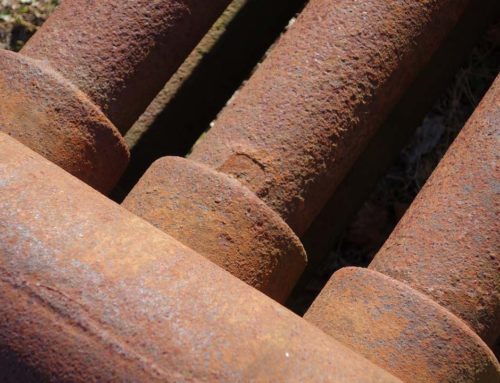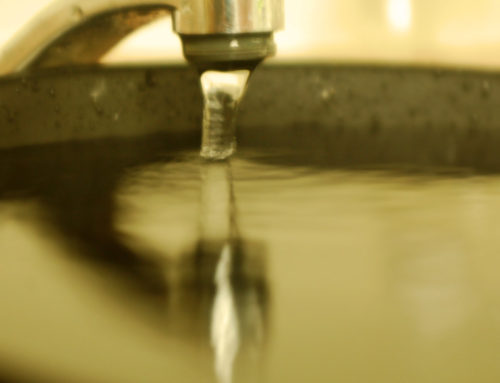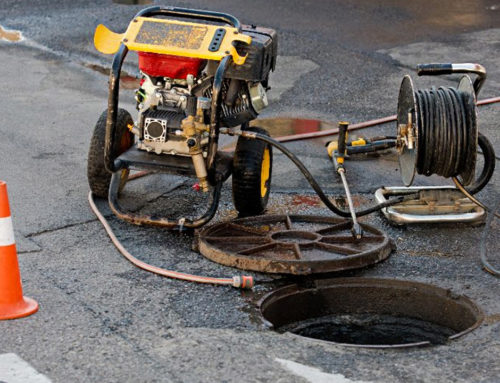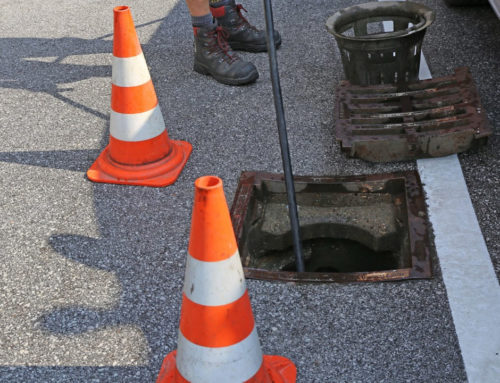Understanding Drainage Systems: How Water Flows in Your Home

When it comes to the smooth functioning of a home, an essential component to consider is the drainage system. Understanding how water flows through your home can help you maintain and troubleshoot potential issues. Let’s delve into the workings of drainage systems and why you should schedule routine inspections with the experts at WM Plumbing.
The Basics of Drainage Systems
Before we explore the intricacies of septic systems, let’s first understand the basics of drainage systems. In a typical home, various fixtures, such as sinks, toilets, showers, and washing machines, are connected to a network of pipes. These pipes form a system that allows water to flow out of your home, ensuring a clean and hygienic living environment.
Septic Systems
Septic systems play a vital role in managing household wastewater in areas where municipal sewer lines are unavailable. A septic system consists of two primary components: the tank and the drain field.
The Septic Tank: Separating Solids from Wastewater
The septic tank serves as the first stage in the wastewater treatment process. It is a large underground container made of durable materials such as concrete or fiberglass. Wastewater from your home enters the septic tank through an inlet pipe.
Inside the tank, the natural process of gravity helps separate the waste into three layers. The solid waste, referred to as sludge, settles at the bottom, while lighter materials such as oils and grease float to the top, forming a scum layer. In the middle, relatively clearer wastewater exists.
Bacterial Action and Decomposition
The separation of solids from wastewater is not solely reliant on gravity; it also involves the action of beneficial bacteria. These bacteria, naturally present in the waste, facilitate the decomposition of organic matter. As the solid waste breaks down, it turns into sludge, and the partially clarified wastewater gradually moves toward the drain field.
The Drain Field: Final Treatment and Disposal
Once the wastewater leaves the septic tank, it enters the drain leach or absorption field. The drain field consists of a network of perforated pipes buried in gravel-filled trenches. These pipes distribute the wastewater evenly across the drain field, allowing it to percolate through the soil.
The soil in the drain field acts as a natural filter, further treating the wastewater by removing harmful bacteria, viruses, and other impurities. Through a combination of physical, biological, and chemical processes, the soil ensures that the water eventually reaches the groundwater is relatively clean and safe.
Regular Maintenance and Care
Regular maintenance is crucial to ensure a septic system’s optimal functioning. It is recommended to have the septic tank inspected and pumped every three to five years, depending on the household size and water usage. This prevents excessive buildup of sludge and scum, reducing the risk of clogs, backups, and system failure.
Understanding the functioning of drainage systems, particularly septic systems, is essential for homeowners. With the proper knowledge, you can take proactive measures to maintain your septic system, ensuring its longevity and preventing costly repairs. By appreciating the intricate process of separating solid waste from wastewater, you can make informed decisions about water usage and implement appropriate maintenance practices for a healthy and efficient drainage system in your home. Please schedule a consultation with our experts and enjoy unmatched plumbing services in Doral and beyond without breaking the bank.
